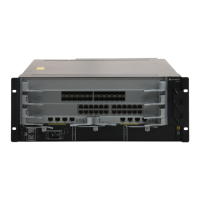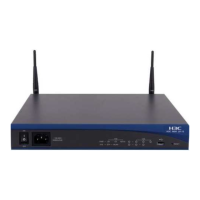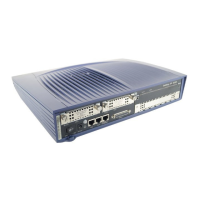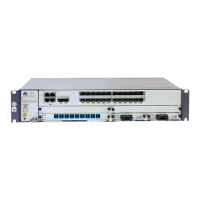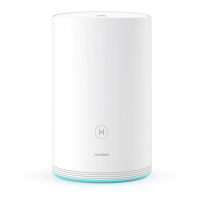Command Manual - Security
Quidway S6500 Series Ethernet Switches Chapter 2 AAA Configuration Commands
Huawei Technologies Proprietary
2-26
PKT auth timeout , Num=0 , Err=0 , Succ=0
PKT acct_timeout , Num=0 , Err=0 , Succ=0
… (Omitted)
2.2.7 display stop-accounting-buffer
Syntax
display stop-accounting-buffer { radius-scheme radius-scheme-name | session-id
session-id | time-range start-time stop-time | user-name user-name }
View
Any view
Parameter
radius-scheme radius-scheme-name: Configures to display the saved stopping
accounting requests according to RADIUS server name. radius-scheme-name
specifies the RADIUS server name with a character string not exceeding 32 characters.
session-id session-id: Configures to display the saved stopping accounting requests
according to the session ID. session-id specifies the session ID with a character string
not exceeding 50 characters.
time-range start-time stop-time: Configures to display the saved stopping accounting
requests according to the saving time. start-time specifies the start time of the saving
time range and stop-time specifies the stop time of the saving time range. The time is
expressed in the format hh:mm:ss-yyyy/mm/dd. When this parameter is specified, all
the stopping accounting requests saved in the time range since start-time to stop-time
will be displayed.
user-name user-name: Configures to display the saved stopping accounting requests
according to the username.
Description
Using display stop-accounting-buffer command, you can view the stopping
accounting requests, which have not been responded and saved in the buffer.
After transmitting the stopping accounting requests, if there is no response from the
RADIUS server, the switch will save the packet in the buffer and retransmit it for several
times, which is set through the retry realtime-accounting command.
This command is used to display the stopping accounting requests saved in the switch
buffer. You can select to display the packets sent to a certain RADIUS server, or display
the packets according to user session ID or username. You may also display the
request packets saved during a specified time range. The displayed packet information
can help with diagnosis and troubleshooting.
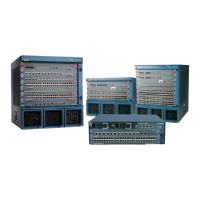
